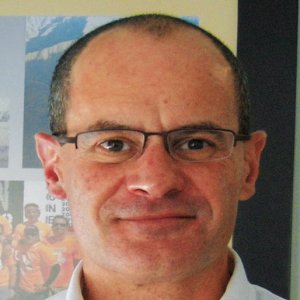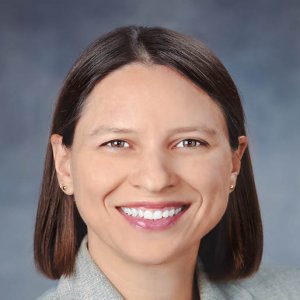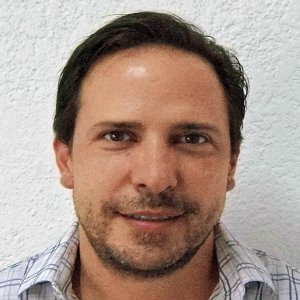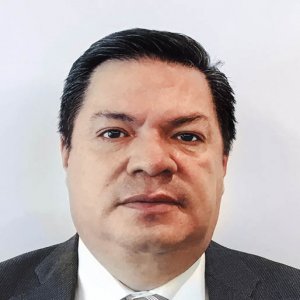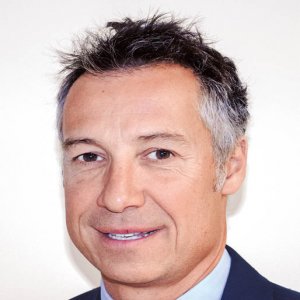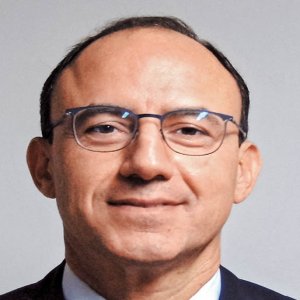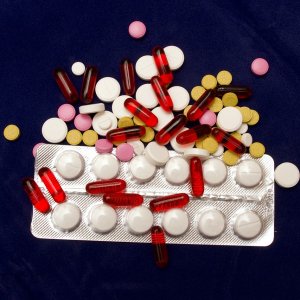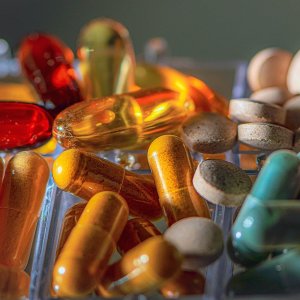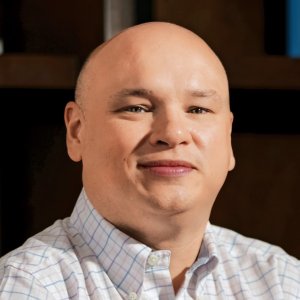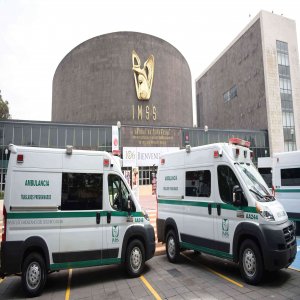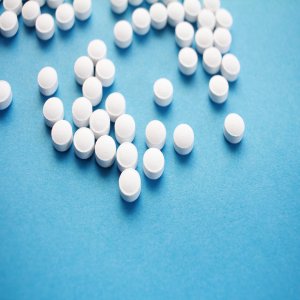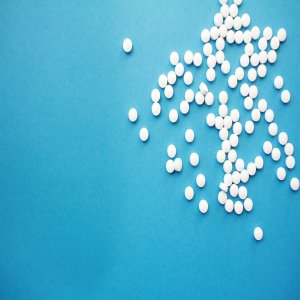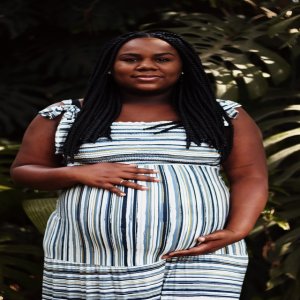Authorized Third Parties Promoting Mexico's Research Potential

Authorized Third Parties Promoting Mexico's Research Potential

STORY INLINE POST
170 Q: What mix of drugs does Cecyc Pharma test?
DA: As an authorized third party for COFEPRIS we are focused on generics but we also test new combinations of drugs, which is becoming more common in the industry. We offer the pharmaceutical industry registry renewal and elaborate new registers with the development of bioavailability studies
Q: What are the main regulatory issues companies registering generics face and how are those overcome?
MR: COFEPRIS has fixed the processes for each type of drug. We are a third party authorized by COFEPRIS and we are its experts on clinical research. The biggest challenge is when COFEPRIS regulation does not specify which study should be undertaken for a certain drug. That is where we intervene and propose which study should be undertaken to obtain registration. We mostly deal with generics but as a research center we offer advice on other types of drugs like new registrations or combinations, anything that goes in a category that COFEPRIS has not yet determined.
HA: In 1998, the Mexican government launched a program to create interchangeable generics. There was a great need in the healthcare sector for affordable and high-quality drugs so the federal government started a drug evaluation program and created NOM - 177 for bioequivalence tests. In 2005, an agreement was reached to re-register all drugs in Mexico. This forced laboratories to guarantee good practices and quality providers. Also, registered drugs that were not a reference product or an innovative drug had to comply with a bioequivalence test. From 2005 there were also changes in the manufacturing practices: NOM - 059 made producers comply with new regulations,
NOM - 220 demanded pharmacovigilance and NOM - 177 regulated bioequivalence. All three had a regulatory impact on manufacturing and commercializing drugs in Mexico. Cecyc Pharma is in the medical research area, in which we evaluate the efficiency of drugs. Laboratories may not have much clarity on the steps they have to follow or the type of studies they must undertake, especially now when there is a larger variety of studies available, so our mission is to help them run the right study.
Q: Do laboratories need more regulation or more clarity?
HA: The regulatory aspect is more than covered. When COFEPRIS was born, regulation became a headache for many companies in the industry. However, because of it, companies became better and Mexican laboratories gained the option to export because they complied with international regulations. Laboratories should make a greater effort to adapt to the rules. Sometimes, it can be complicated, but at Cecyc Pharma we keep in close contact with COFEPRIS to always propose the right study for each case. As an authorized third party, we help companies when they need regulatory advice, we become their channel to register new drugs. We do the clinical research that companies need to show COFEPRIS their products are safe and efficient. We are also in charge of dissolution profiles, clinical phases, protocol creation and analytical methodology. We specialized in this to offer our clients an efficient solution.
Q: Previously, a generic could rely on the safety and efficiency results of the innovative drug. Is this still the case?
MR: When a company develops an innovative drug, the drug must pass through the phases of medical research to prove safety and efficiency. What the Mexican authority asks of generics is that they prove their bioequivalence with the innovative drug. COFEPRIS asks the manufacturer for studies done on humans to see if the medicine is absorbed and eliminated by the body in the same manner as the innovative drug. There is no need to do all the phase studies. What has changed is that there are new combinations between drugs that are not innovative and drugs that already exist. We prove safety and efficiency for drugs that already exist or we prove they do not interact between them.
Q: How do you determine that two drugs are bioequivalent?
HA: It would be absurd for a national or international laboratory to repeat the preclinical test that the laboratory that approved the molecule already did. There is an efficient international scale to prove that a drug is as efficient as the original. If I get the same profiles from a manufacturer, I assume it will have the same effect. Bioequivalence proof takes between five and eight months. All we do is reduce it to a graphic. The graphic shows the relationship between the time and quantity of absorption of the drug. With all those who participate we show a drug was absorbed in a certain quantity in a certain amount of time. The product we are evaluating should behave similarly and within the parameters of 125-80. This is an internationally used number that determines if drugs work equally or not.
Q: How do you recruit volunteers for testing, especially given advertising restrictions?
MR: We have a recruitment department in charge of attracting people to participate in our studies and once they get involved, we follow their progress. All our trials must be done on healthy volunteers because we need to start with a group of people who present similar characteristics but who have no illnesses that would influence the result. Internally we have many filters to ensure they are healthy. When testing physiotoxic drugs, those that are dangerous or affect health, volunteers should be patients suffering from the illness the drug is designed to treat. We have developed a database of volunteers who are constantly participating. We perform lab tests on them, compile a clinical history and perform a checkup. If they have a condition like high cholesterol, we offer them treatment and a follow-up. By testing our volunteers we can also take a look at the population in general.
Q: Is it difficult to find healthy volunteers given the burden of chronic diseases in Mexico?
HA: Yes, regularly many people come without antecedents but when tested we discover they sometimes have high cholesterol or conditions of this type. In those cases, we recommend a diet and ask them to come back at a future date. For our studies, we interview around 2,500- 3,000 people and every year we can see by their studies how the population’s health has changed. The products we tested 10 years ago, now have a different impact on the population because people have also changed. It is important to consider that the Mexican population has particular characteristics given the local diet. That is why COFEPRIS asks for tests for imported products to be performed on the Mexican population.
Q: What are your objectives for the next five years?
DA: It is important to keep expanding our services. We are always looking to give more to the industry and become a unique company in the sector. We have authorizations from COFEPRIS and the Institute of Public Health in Chile. They are for dissolution profiles, clinical units and clinical analysis. We also provide APIs for the industry, pharmaceutical development and advisory, and we are working with biotechnological companies. We have clients in Chile, Colombia, Puerto Rico and the Dominican Republic. However, we want to work with more foreign companies that will soon arrive in Mexico because this is an interesting market for them. Also, we want to gain more certifications because it would allow us to reach more countries so our clients would be able to sell to more countries with a single study.
